

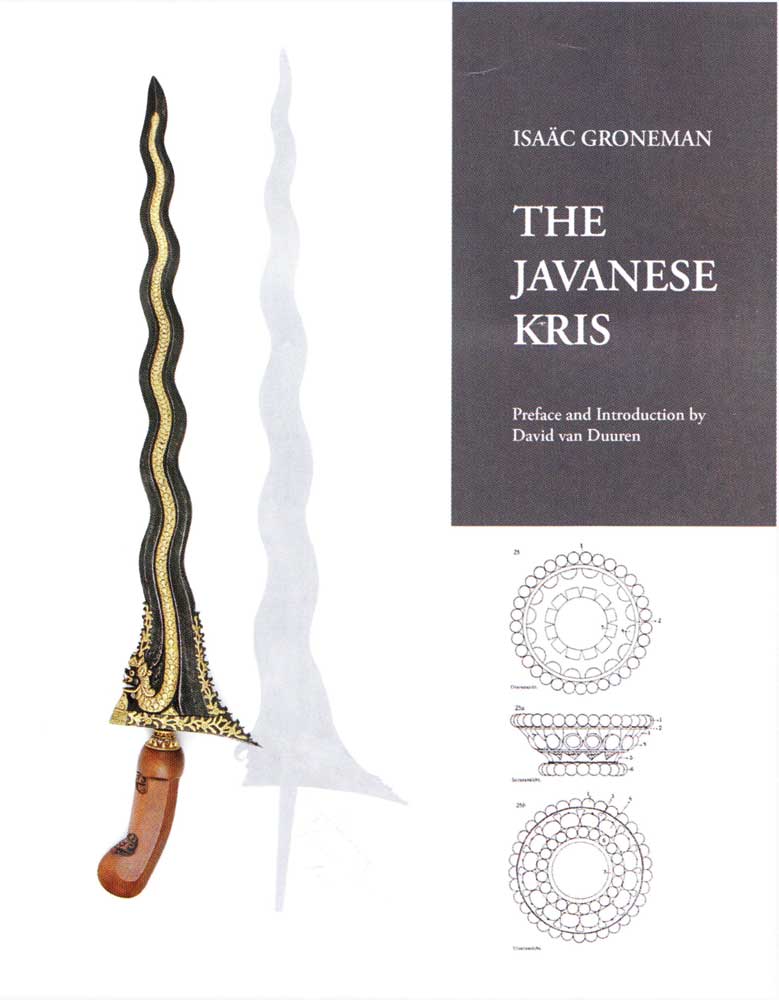
THE JAVANESE KRIS Isańc Groneman and David van Duuren (Preface and Introduction) 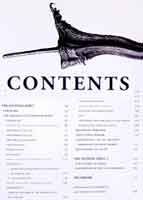 To the benefit of Kris (Keris) aficionados all over the world, Dr. I. Groneman's poch-making early
study on the Javanese kris published as 'Der Kris der Javaner' in the Internationales Archiv fur Ethnographie,
19 & 2l (191011913) is now presented in an English translation.
To the benefit of Kris (Keris) aficionados all over the world, Dr. I. Groneman's poch-making early
study on the Javanese kris published as 'Der Kris der Javaner' in the Internationales Archiv fur Ethnographie,
19 & 2l (191011913) is now presented in an English translation. Nobody who takes up the study of the Indonesian Kris can Ignore Groneman, he studied and mapped out with great energy and alsmost encyclopaedic grandeur the material culture of the indigenous populations. 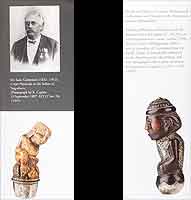
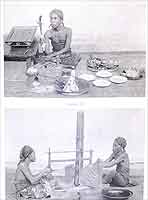 Groneman includes and makes accessible to a larger public the classifications specified by N.L. Tinter (1871)
adding a second list of classifications taken from a manuscript created in the kraton of Yogyakarta.
Groneman includes and makes accessible to a larger public the classifications specified by N.L. Tinter (1871)
adding a second list of classifications taken from a manuscript created in the kraton of Yogyakarta. All in all, this list presents us with I 18 Central Javanese kris forms. The final section of his work offers an all-round history of the kris, as recorded by the Javanese themselves in chronicles and manuscripts, and an exprensive alphabetical list of Javanese kris-related terms. 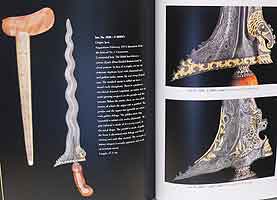 If Groneman had not planned to resuscitate a nearly extinct Javanese craft almost a century ago,
Der Kris der Javaner would most likely not have been written. The step-by-step report of the forging of a number
of blades with different pamor parterns (wos wutah, blaraq ngirid, sekar pala, sekar ngadeg, and sekar temu),
the description of the tools used and the mention of each and every detail of the entourage in the smithy along
with the technical and symbolic actions of the smith (Empu), confer on this article the distinction of being the real
beginning of the study of the kris.
If Groneman had not planned to resuscitate a nearly extinct Javanese craft almost a century ago,
Der Kris der Javaner would most likely not have been written. The step-by-step report of the forging of a number
of blades with different pamor parterns (wos wutah, blaraq ngirid, sekar pala, sekar ngadeg, and sekar temu),
the description of the tools used and the mention of each and every detail of the entourage in the smithy along
with the technical and symbolic actions of the smith (Empu), confer on this article the distinction of being the real
beginning of the study of the kris. 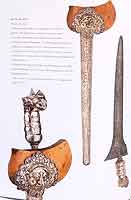 Groneman describes in minute detail the forging of a number of blades and the manufacture of the other parts of the Kris, and then places
it all in a broader historical and cultural framework. His articles were inspired by a strong interest in how Javanese krisses were forged,
but also with great concern that this craft that he admired so much, was at risk of bleeding to death and disappearing from the face of the
earth.
Groneman describes in minute detail the forging of a number of blades and the manufacture of the other parts of the Kris, and then places
it all in a broader historical and cultural framework. His articles were inspired by a strong interest in how Javanese krisses were forged,
but also with great concern that this craft that he admired so much, was at risk of bleeding to death and disappearing from the face of the
earth.Groneman's publication on the Javanese Kris (Keris Jawa) is the most important, certainly of we look at his historical role in sounding the tocsin for the profession of the Empu, the Javanese Keris smith, and through his passionate attempts to save the craft for ruin. 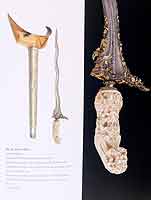 An article translated from the Dutch entitled 'Njirami, or the annual purification of hereditary weapons and other
pusakas in Central Java' that Groneman published in 1905 has been added. In it, he describes the annual ceremonial
cleansing ofthe sacred heirlooms, pasuka, of the Paku Alaman, a royal house in Yogyakarta.
An article translated from the Dutch entitled 'Njirami, or the annual purification of hereditary weapons and other
pusakas in Central Java' that Groneman published in 1905 has been added. In it, he describes the annual ceremonial
cleansing ofthe sacred heirlooms, pasuka, of the Paku Alaman, a royal house in Yogyakarta. Thanks to major contributions from a Dutch institute, ethnographic museums and private collectors 'The Javanese Kris' is enhanced with 300 illustrations of kris, kris hilts and previously unpublished illustrated manuscripts on the kris dating from 1840, 1850, 1858 and 1920. 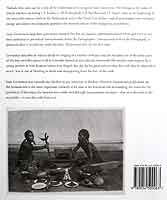
Title: The Javanese Kris Author: I. Groneman and David van Duuren (Preface and Introduction) Pages: 288 Glossy paper 300 illustrations Hardcover De Vries Antiek Zandstraat 1 5473 RJ Heeswijk-Dinther Tel: +31 413 293900 Email: info@devriesantiek.nl Website: http://www.devriesantiek.nl Kerispage: http://www.kris-keris.com |